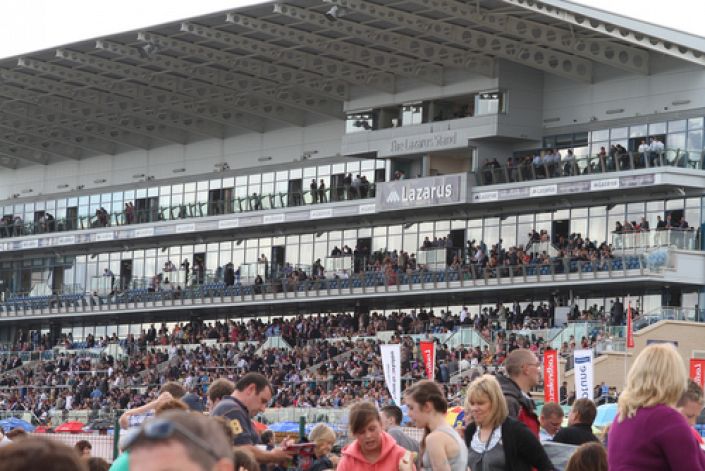29th Mar 2013 | Horse Racing
Doncaster Draw Bias: 6f

We examine the draw bias that has developed at Doncaster since it re-opened in 2008.
Track: Doncaster
Distance: 6 Furlongs
Stalls: High
Summary: Advantage to being drawn in the highest eight stalls.
After extensive renovation work, Doncaster re-opened in 2008 and that is the starting point of our analysis.
Doncaster has a straight 6f track, where the stalls are normally high. That means the highest stall is nearest to the stand’s side rail.
This is an important distinction because in a 10-runner race, stall 10 is against the stand’s rail whereas in a 20-runner race, stall 20 is against the rail and stall 10 is nearer the centre of the track.
To overcome this problem we have called the highest stall (nearest the stand’s rail) stall ‘0’. From there we work across the track from highest to lowest.
In a 10 runner race stall 9 is known a stall ‘-1’ because it is one off the rail. Stall 8 would be ‘-2’ and so on. The bigger the minus number, the further away you are from the stand’s rail.
Actual wins v Expected wins (2008 to 2012)
Graph depicts number of actual wins above or below expected number of wins, when taking into account bookmaker margin. E.g. If a horse raced 10 times from stall one, each time with an SP of 9/1, you would expect 1 winner and the difference between actual & expected wins = 0
The problem with this graph is the sample size. There have been only 48 all-age handicaps on Doncaster’s 6f track since 2008. This can lead to dangerous conclusions. For example stalls -2 & -4 are both positive draws, whereas stall -3 is a negative. This makes no sense because the stalls are adjacent to each other.
To get round the problem I have used a moving average. This groups together adjacent stalls (two either side) as a block.
The point on the graph illustrating stall -3 is the sum of actual wins for stalls -1 to -5 (the two stalls either side of stall -3) divided by the expected wins for stalls -1 to -5. The process continues for every stall in the sample.
Moving Average of Actual wins v Expected wins (2008 to 2012)
The draw bias at the track becomes much more obvious. Horses drawn near the stand’s rail in stalls 0 to -7 win almost 20% more races than expected.
From stall -9 onwards it becomes harder to win until stall -16 when there is a small peak for three stalls. This occurs in very large fields because horses drawn low (a long way from the stand’s rail) have the option of racing against the far side rail.
Conclusion: You want to be drawn high at Doncaster, in the top 8 stalls but in very large fields a low draw can be overcome.
Odds correct at time of publishing: 10:52 29th Mar, 2013 but subject to change


